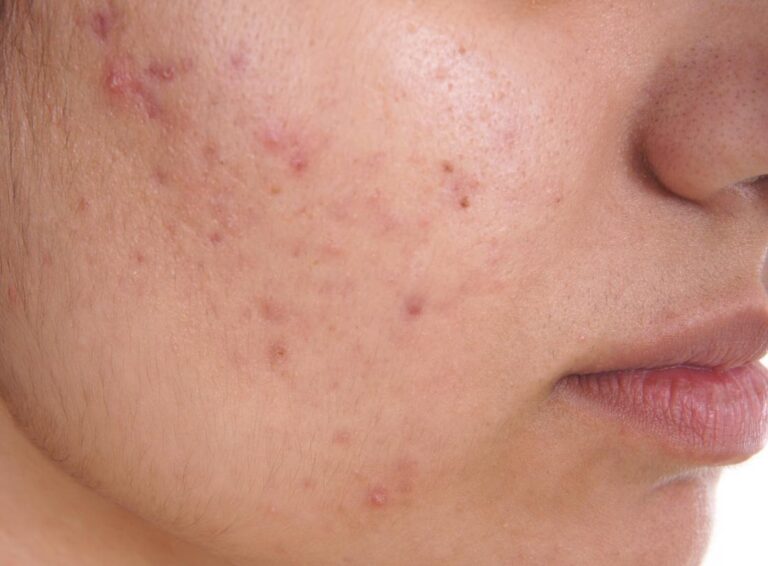When breakouts appear, it’s tempting to reach for every product promising clear skin — exfoliants, spot treatments, acids, masks, and drying gels. But while acne often stems from clogged pores and excess oil, aggressive over-treatment can backfire, damaging your skin barrier and worsening inflammation. Instead of healing, your skin becomes red, sensitive, and reactive.
Understanding how acne behaves and how to support rather than attack your skin is crucial to achieving effective, long-term control. Consulting a dermatologist for acne treatment Singapore can help tailor a regimen that clears acne without triggering irritation or rebound breakouts.
Why Over-Treating Acne Happens
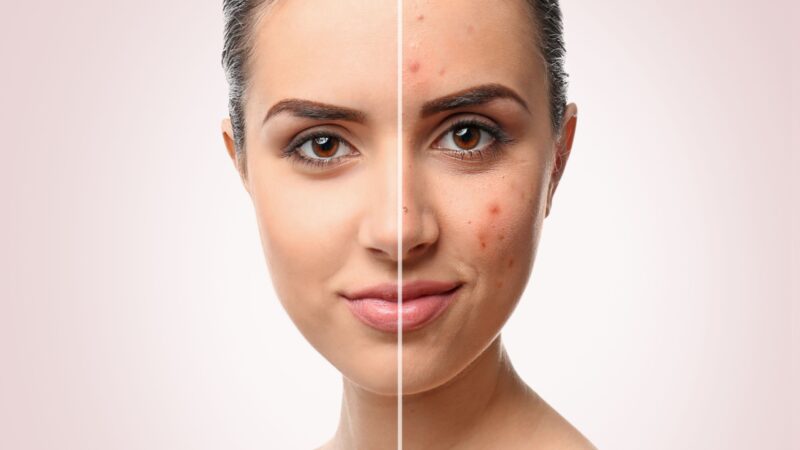
The “More Is Better” Mindset
Acne is emotionally distressing, especially when it affects confidence and self-image. Many people assume that stronger or more frequent product use will clear pimples faster. However, using multiple active ingredients — like salicylic acid, benzoyl peroxide, retinoids, and exfoliating toners — simultaneously strips the skin’s natural oils and protective barrier.
This disruption triggers more oil production as the skin tries to compensate for dryness, perpetuating the acne cycle. Instead of improvement, redness, peeling, and new breakouts appear in different areas.
Misinformation and Product Overlap
Social media “skinfluencer” routines often promote layering several actives without considering individual skin types or tolerances. Many acne products contain overlapping ingredients that increase irritation risk when combined. For example, pairing benzoyl peroxide and retinol nightly may cause excessive peeling and sensitivity that leads to worse inflammation.
Ignoring Skin Barrier Health
The skin barrier, composed of lipids and ceramides, acts as a shield against bacteria, pollution, and moisture loss. When stripped by harsh cleansers, alcohol-based toners, or frequent exfoliation, this barrier weakens — allowing irritants and acne-causing bacteria (Cutibacterium acnes) to penetrate deeper layers of the skin. The result: more inflammation, more breakouts, and delayed healing.
Signs You’re Over-Treating Your Acne
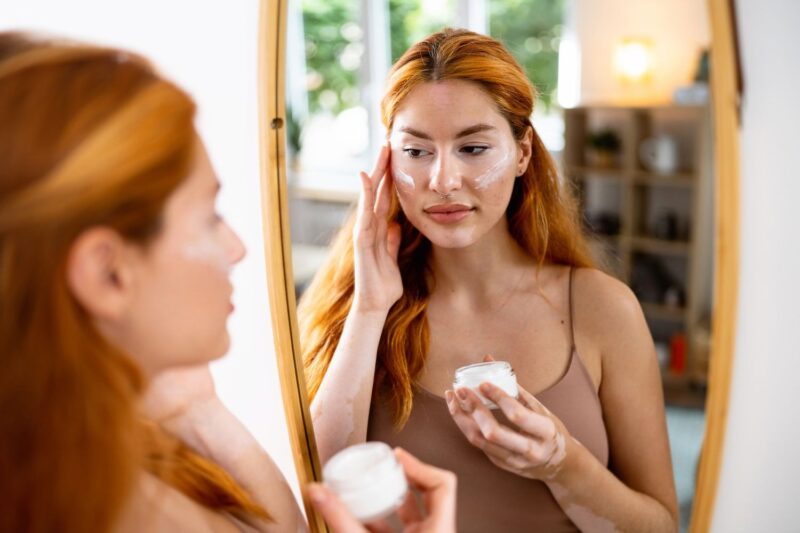
- Persistent Dryness and Flaking – Tight, itchy, or peeling skin that doesn’t improve with moisturizer.
- Increased Redness and Burning – Especially after applying skincare or sunscreen.
- Sudden Sensitivity – Products that previously felt fine now cause stinging or irritation.
- Breakouts in New Areas – Pimples spreading to cheeks or jawline after starting an aggressive routine.
- Shiny but Dehydrated Skin – Over-cleansing removes moisture, prompting rebound oil production.
- Worsening Texture – Roughness, small bumps, and dull skin tone replacing smoothness.
The Science Behind Rebound Breakouts
Overuse of acne treatments leads to irritant dermatitis, a form of inflammation that mimics acne. Damaged skin responds with swelling and clogged pores, creating small pustules or papules that resemble typical acne lesions.
Additionally, stripping natural oils alters the skin’s microbiome balance — beneficial bacteria decrease while inflammatory ones multiply. This imbalance fuels redness, itching, and persistent blemishes that resist standard treatments.
Dermatologist Evaluation and Diagnosis
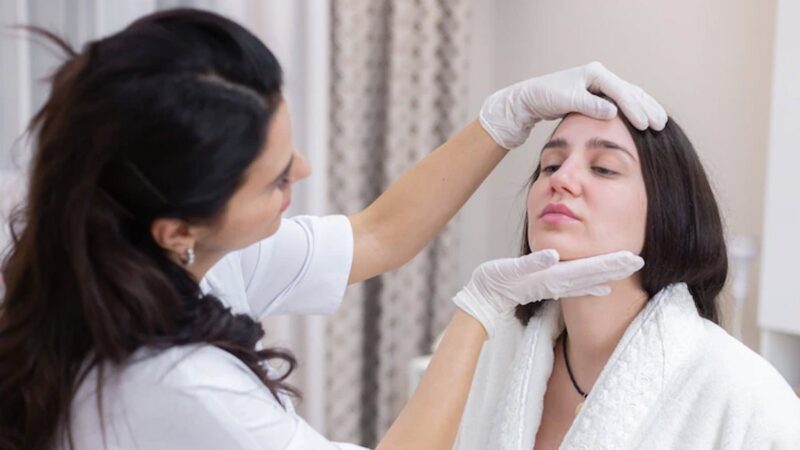
When acne worsens despite diligent home care, a dermatologist evaluates the type and severity of breakouts to determine whether irritation or true acne progression is occurring.
Initial Assessment
A detailed consultation reviews current skincare habits, product ingredients, and frequency of use. Many patients unknowingly combine multiple actives or skip moisturizers, leading to dehydration-related breakouts.
Diagnostic Considerations
- Barrier Impairment: Visible scaling or redness suggests over-exfoliation.
- Inflammatory Acne: Red, tender lesions indicate deeper follicular inflammation.
- Comedonal Acne: Small whiteheads or blackheads may persist from clogged pores, not oil overproduction.
- Allergic or Contact Reactions: Certain preservatives, fragrances, or essential oils in “acne-safe” products may aggravate the skin.
This evaluation helps design a targeted plan focusing on restoring barrier function before reintroducing active acne treatments.
How Dermatologists Treat Over-Treated Skin
Step 1: Reset and Repair the Barrier
The first step involves pausing all active ingredients for 1–2 weeks while focusing on gentle hydration. Dermatologists often recommend:
- Non-foaming cleansers that cleanse without stripping oils.
- Ceramide-based moisturizers to rebuild lipid layers.
- Thermal spring water or barrier repair creams to soothe redness.
During this “reset phase,” it’s normal for breakouts to continue briefly while the skin recalibrates.
Step 2: Reintroduce Actives Gradually
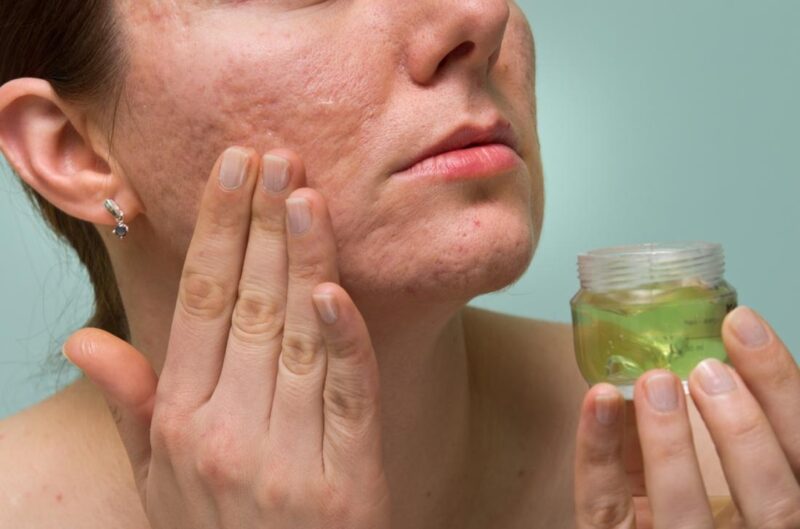
Once the barrier stabilizes, active ingredients like retinoids or acids are reintroduced one at a time, starting with low concentration and limited frequency (e.g., every 3rd night). Dermatologists may alternate nights between acne actives and barrier repair products to maintain balance.
Step 3: Personalized Prescription Medications
For persistent acne, prescription options may include:
- Topical retinoids (adapalene, tretinoin) to normalize cell turnover.
- Topical antibiotics or benzoyl peroxide for inflammation control.
- Oral medications such as doxycycline, hormonal therapy, or isotretinoin for moderate to severe cases.
Treatment selection depends on acne type, hormonal influence, and skin sensitivity history.
The Role of Moisturization in Acne Care
Contrary to popular belief, moisturizing is essential in acne-prone skin. Hydrated skin regulates oil production more effectively and tolerates active ingredients better. Non-comedogenic moisturizers with ingredients like hyaluronic acid, niacinamide, and ceramides balance water and lipid levels without clogging pores.
Preventing Future Over-Treatment
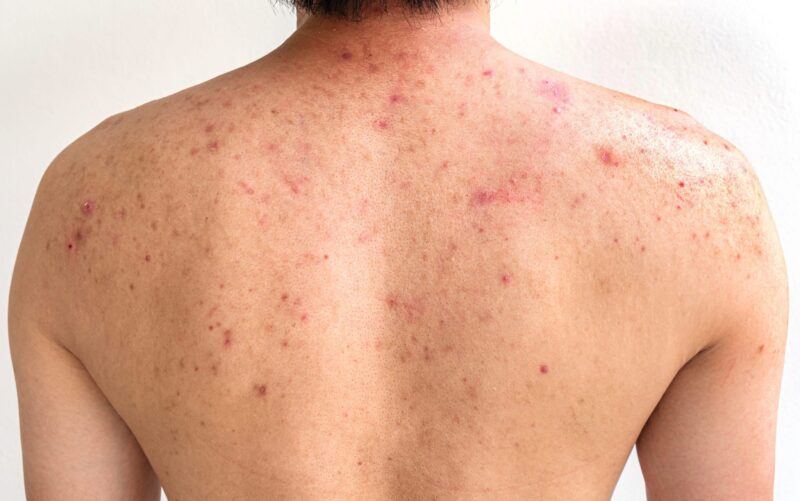
- Introduce One Product at a Time – Wait at least two weeks before adding another active to observe tolerance.
- Follow the “Low and Slow” Rule – Start with the lowest concentration and shortest contact time, gradually increasing as tolerated.
- Use Sunscreen Daily – Many acne treatments increase sun sensitivity; skipping SPF worsens inflammation and pigmentation.
- Consult a Dermatologist Regularly – Professional monitoring ensures treatment remains effective and balanced.
- Avoid DIY Mixing – Combining acids, oils, and actives without guidance can trigger chemical burns or sensitivity.
When to Seek Professional Help
If your skin feels consistently tight, sore, or flushed — or if acne worsens after using multiple treatments — it’s time to consult a dermatologist. Persistent irritation or painful breakouts may indicate that the skin barrier is compromised. Medical evaluation helps differentiate between inflammatory acne, rosacea, and irritant dermatitis, each requiring a unique treatment approach.
💡 Did You Know?
It takes at least one full skin cycle (around 28 days) to see visible improvement from acne treatments. Switching or layering products too quickly disrupts this process, preventing the skin from stabilizing and healing naturally.
Conclusion
Clear skin isn’t achieved by applying more products — it’s about using the right ones consistently and allowing your skin to recover between treatments. Over-treating acne often delays results, damages the skin barrier, and triggers new breakouts. By focusing on gentle, scientifically guided care, you can achieve lasting clarity without compromising your skin’s health.
Partnering with a qualified dermatologist for personalized acne treatment in Singapore ensures that every product and procedure supports your skin’s unique needs. With the right balance of medical expertise and barrier-friendly care, clear, resilient skin becomes a sustainable goal — not a daily struggle.

